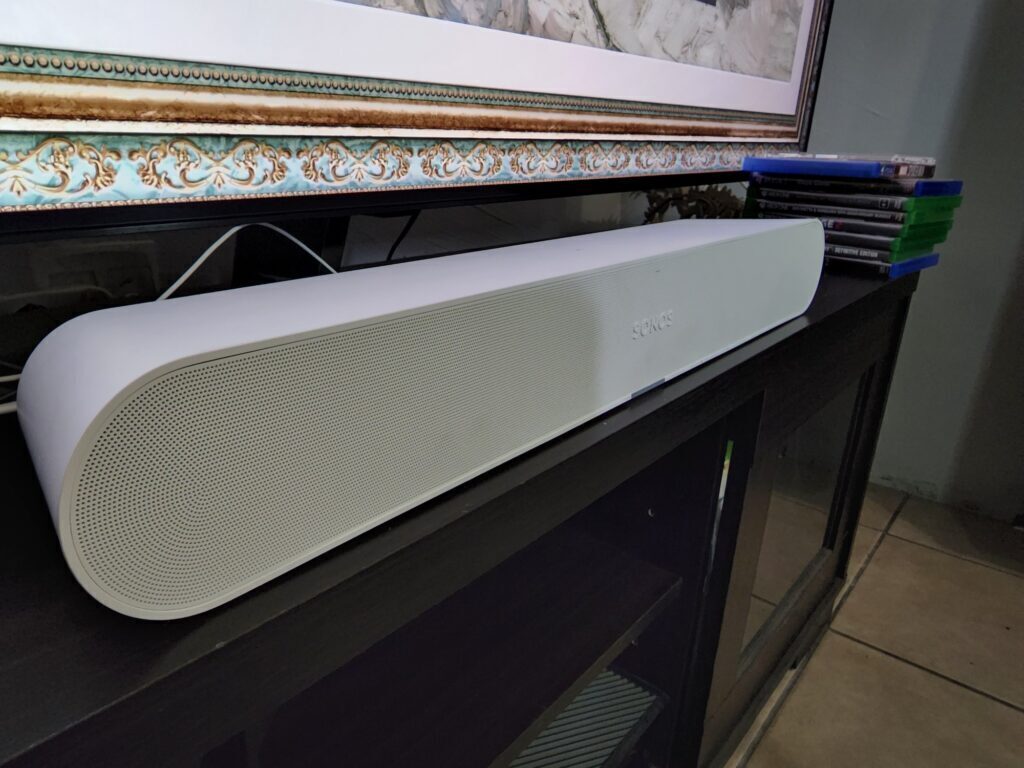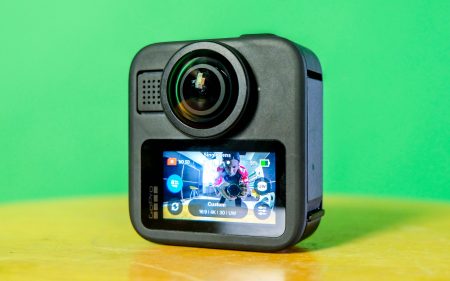The Sonos Ray is a compact soundbar that the company considers budget... by which they mean, you'll pay R6,500 for one. It's possible to pick up a soundbar for far less, but they don't come with Sonos' solid connectivity and audio performance. Even the lack of mics and HDMI support doesn't detract from how much better the Ray is than your TV's stock audio capabilities.
-
Audio output
-
Connectivity
-
Set-up
-
Value
If you’re not aware that Sonos makes some pretty good audio gear, what possessed you to start reading this review? If, on the other hand, you’re a little curious about how the new Sonos Ray compact soundbar performs, you’ve come to the right place.
The Sonos Ray is the Sonos Beam’s little brother. By which we mean, it’s literally younger. And it’s smaller. And also, it’s somewhat underdeveloped. But that’s more or less fine because it’s also not as expensive as the full-on Beam or Beam 2. But is it worth your money?
Ray of sunshine
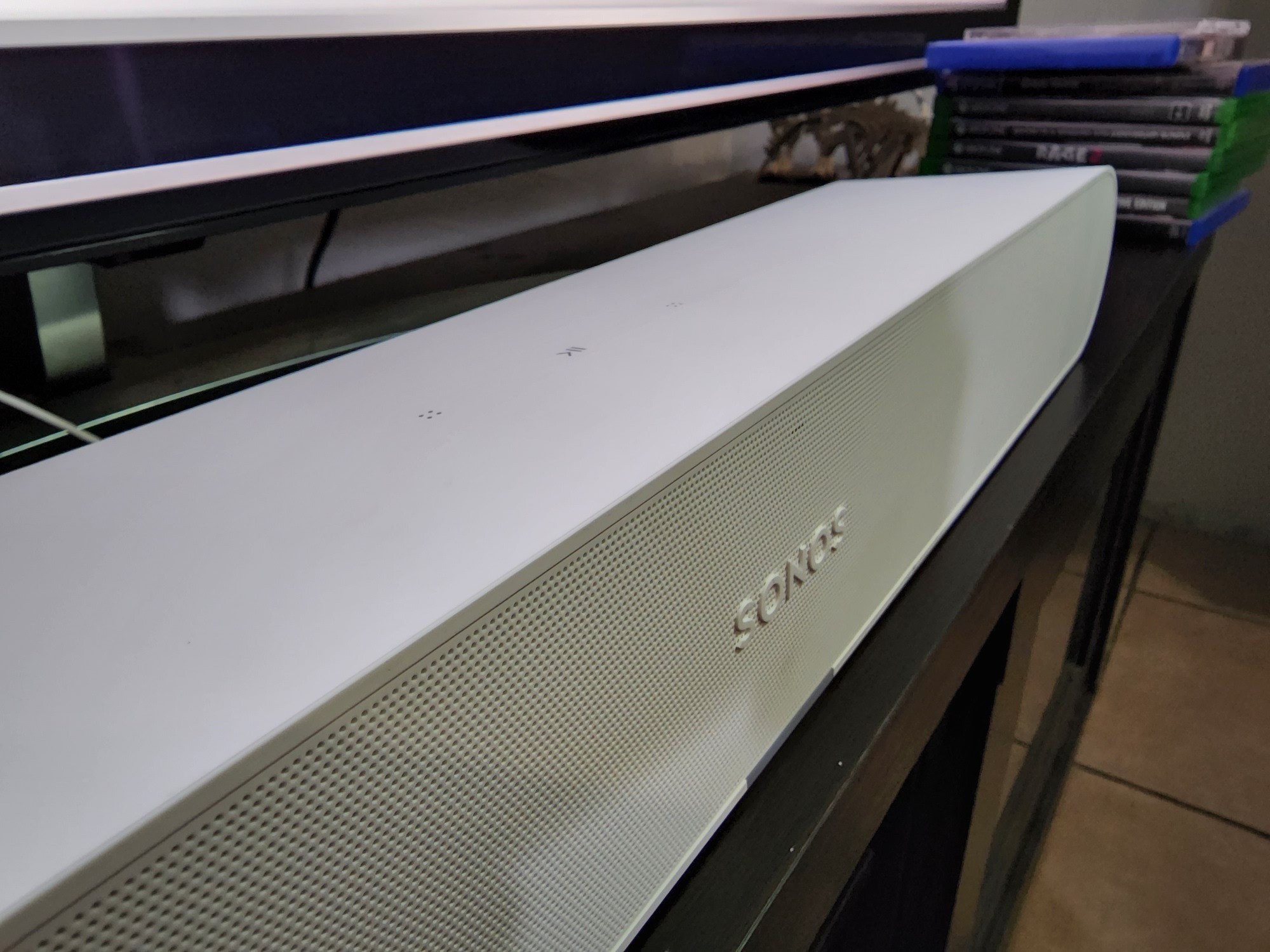 Sonos’ newest soundbar arrives in the company’s eco-friendly-looking brown packaging. Inside the box is the soundbar, measuring around 56cm in length and weighing in at just under 2kg. Also present are the two cables you’ll need — a very high-end figure-eight power and a matching Optical cable.
Sonos’ newest soundbar arrives in the company’s eco-friendly-looking brown packaging. Inside the box is the soundbar, measuring around 56cm in length and weighing in at just under 2kg. Also present are the two cables you’ll need — a very high-end figure-eight power and a matching Optical cable.
The size is understandable. The Ray looks exactly like a truncated version of the Beam. Correspondingly, there are fewer speakers inside it. Specifically, there are four drivers, all facing forwards behind the grille. Around the back is the optical port, the power port, and the power switch. There are also two threaded holes for mounting the thing. Along the top is a set of controls.
The design is slick enough that we actually set it up upside down initially. Thankfully, sorting that out is as easy as flipping it over. But you’ll notice that there’s one thing missing here. That would be HDMI. Optical, or wirelessly connecting your Sonos Ray, is the only way to go. Hey, they had to yank something out to drop the price to R6,500.
Quite the ar-Ray
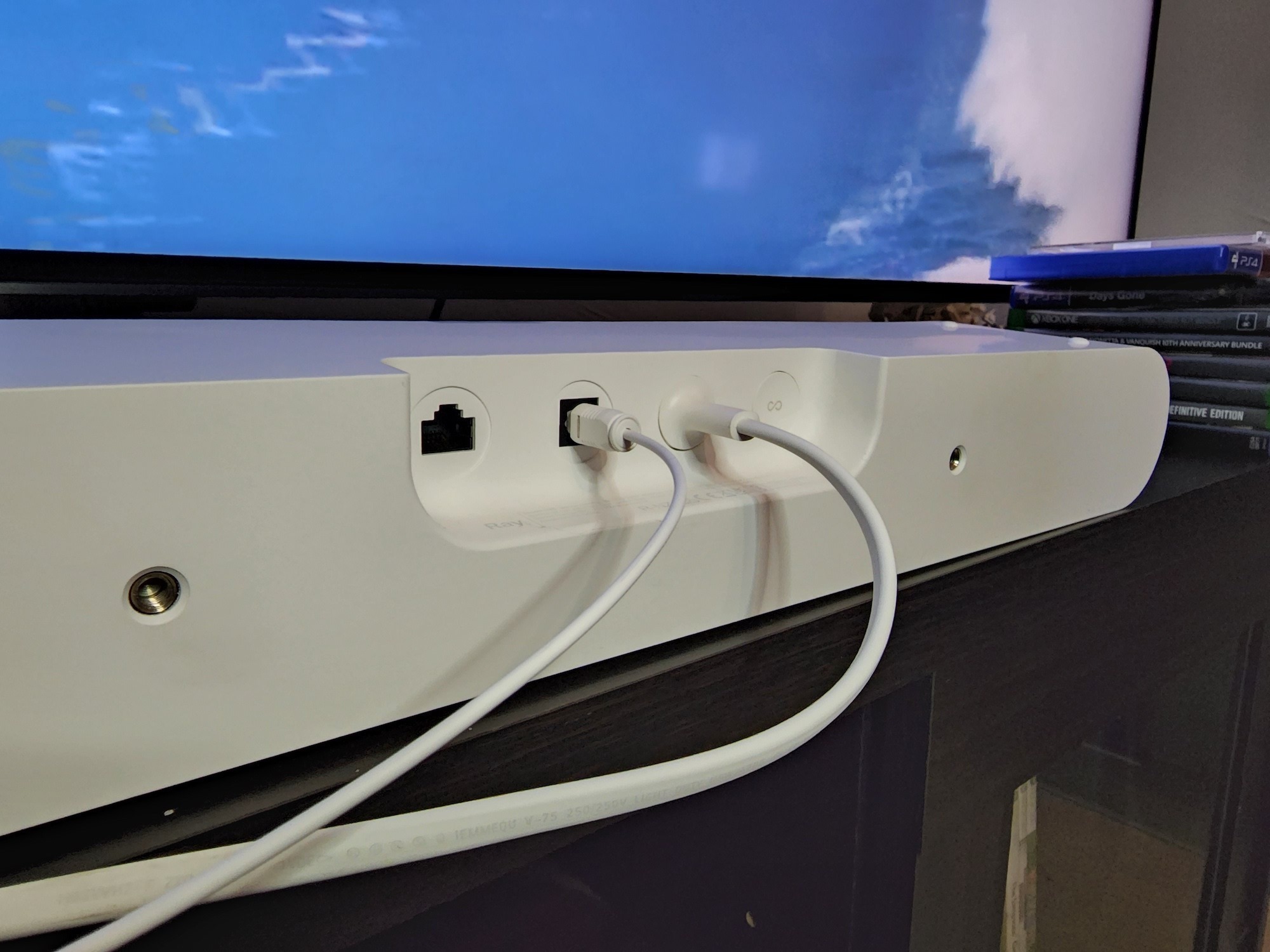 Initial setup is simple enough. The Ray connects via the standard Sonos app, so adding it into an existing ecosystem is as simple as a few taps. It’ll even use a form of echolocation to save you the trouble of typing out a passcode to link it to the setup. Getting it up and running on a TV — which Sonos really sees as an optional thing with this device — takes a little more doing.
Initial setup is simple enough. The Ray connects via the standard Sonos app, so adding it into an existing ecosystem is as simple as a few taps. It’ll even use a form of echolocation to save you the trouble of typing out a passcode to link it to the setup. Getting it up and running on a TV — which Sonos really sees as an optional thing with this device — takes a little more doing.
Read More: Sonos Beam Gen 2 review – Spot the difference
The Sonos app makes it seem simple enough and getting the TV and speaker to talk to each other really is quite easy. But setting up your TV remote control might take a little more effort. We managed it, after mucking around with the app’s Help pages for about twenty minutes, but it was more irritating than it should have been. We were especially put out that the Help pages suggest using a profile for Philips (which did nothing on our LG TV) over the Sonos profile which worked perfectly.
Still, once the legwork was out of the way, we encountered basically no further issues. All that was left was to bask in the surely better-than-the-TV’s-onboard audio. Right?
Hoo-Ray for that
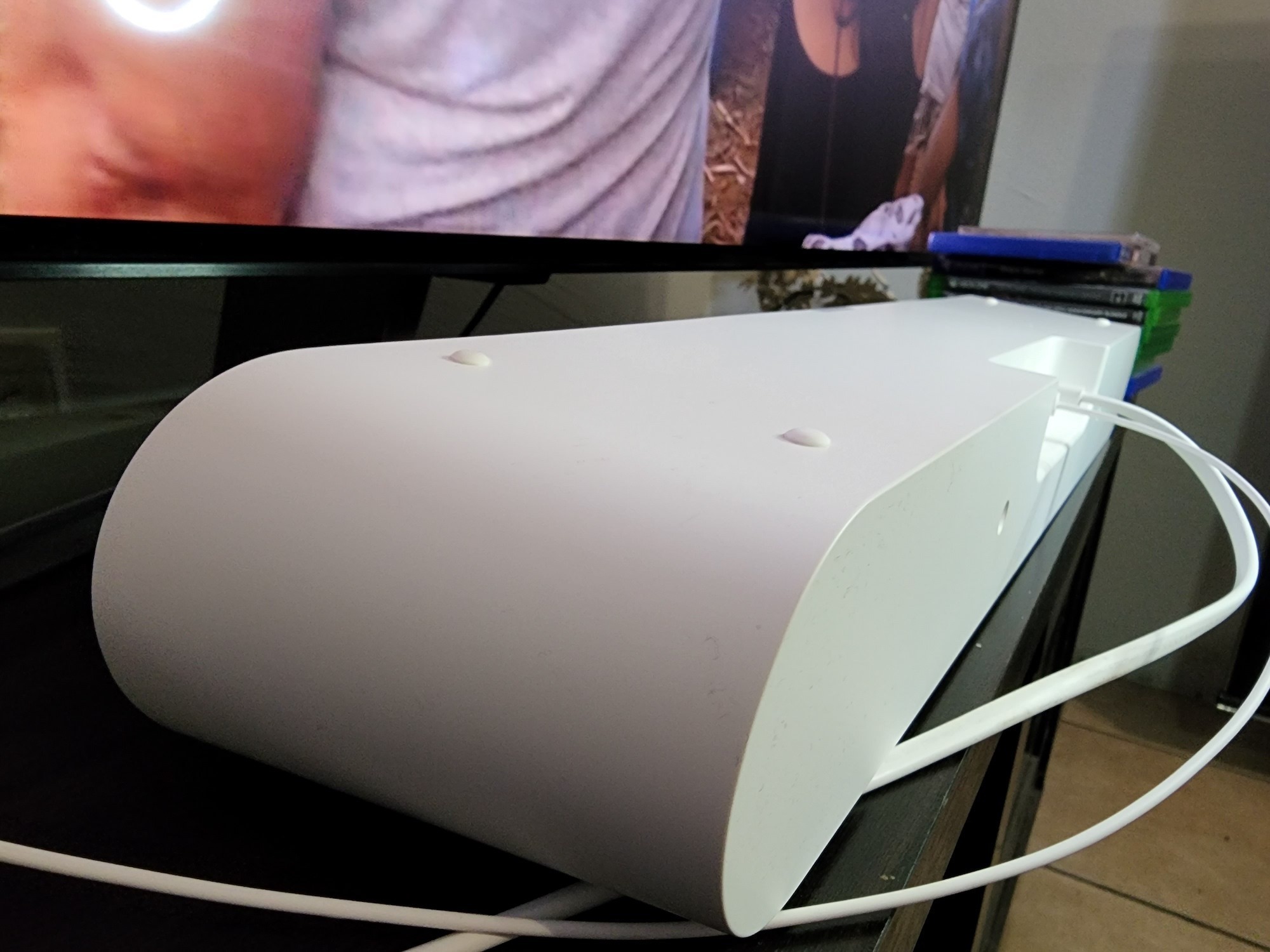 Actually, yes. The audio is impressively large and sufficiently detailed that you’ll never look at your TV’s stock audio without disdain again. Sonos combines two tweeters and two midwoofers to fire some aggressively thumpy sound at your face. We tested the audio with two films — Doctor Strange in the Multiverse of Madness, and The Big Wave Project.
Actually, yes. The audio is impressively large and sufficiently detailed that you’ll never look at your TV’s stock audio without disdain again. Sonos combines two tweeters and two midwoofers to fire some aggressively thumpy sound at your face. We tested the audio with two films — Doctor Strange in the Multiverse of Madness, and The Big Wave Project.
It’s no substitute for theatre audio, nor can it match the Sonos Arc or Beam for quality. But when you’re coming from piddly little TV speakers, the improvement is notable enough to make you fear for your neighbours. The sound of Doctor Stephen Strange playing with himself (oh, grow up) or the waves at Nazaré rumbling along the coast of Portugal were quite an experience.
But is it still an experience if you’re paying R6,500 to have it? That’s the major question. It depends. If you’re after extensive wireless capability — WiFi, Apple AirPlay 2, Bluetooth, as well as some basic TV upskilling — then maybe. If you own any other Sonos speakers, then almost certainly. You can do an awful lot with a few extra sound emitters lying around. But if you’re after a pure TV soundbar, you can probably find bigger and better performance at the same price. It won’t be as slick, or as interoperative, but that’s not what you’re looking for, is it?
Sonos Ray verdict
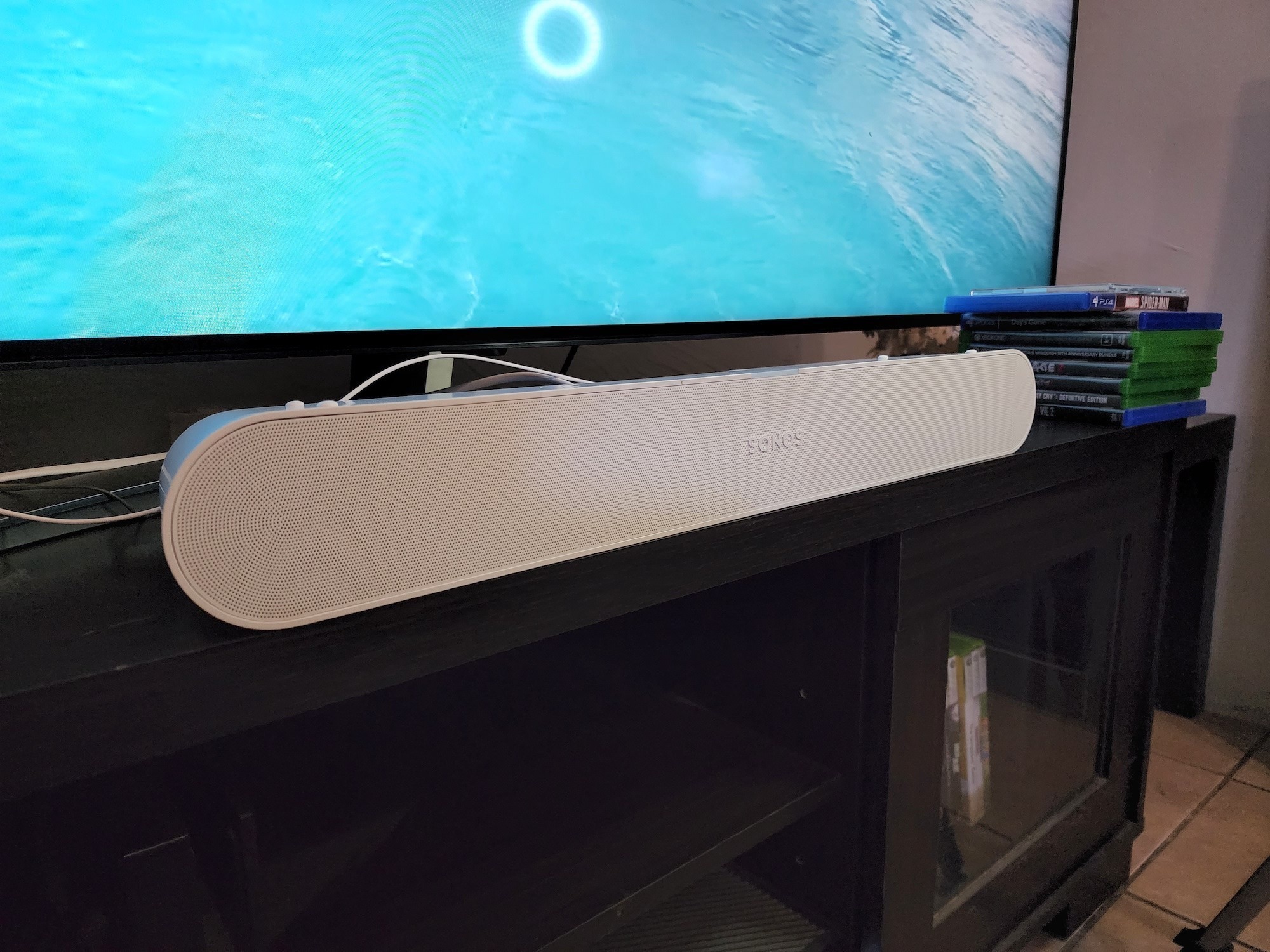 There’s no arguing with the fact that the Sonos Ray is a decent speaker. It’s primarily designed to be multi-purpose, to fit what Sonos thinks of as ‘budget’. So you’ve got fewer input choices (it’s Optical or wireless), there’s no voice control, and the unit is smaller than the company’s other soundbars. But the Ray is a decent performer on its own, and will completely replace whatever shabby TV audio you’re currently contending with. But… you can probably do as well, if not better at this price, if you’re not playing in Sonos’ pool. If you’re just looking to improve your TV, you can splash out the R6,500 on something a little more single-minded and be just as happy. But if you’ve already got a few Sonos speakers kicking around your home, adding this one makes a whole lot of sense.
There’s no arguing with the fact that the Sonos Ray is a decent speaker. It’s primarily designed to be multi-purpose, to fit what Sonos thinks of as ‘budget’. So you’ve got fewer input choices (it’s Optical or wireless), there’s no voice control, and the unit is smaller than the company’s other soundbars. But the Ray is a decent performer on its own, and will completely replace whatever shabby TV audio you’re currently contending with. But… you can probably do as well, if not better at this price, if you’re not playing in Sonos’ pool. If you’re just looking to improve your TV, you can splash out the R6,500 on something a little more single-minded and be just as happy. But if you’ve already got a few Sonos speakers kicking around your home, adding this one makes a whole lot of sense.

